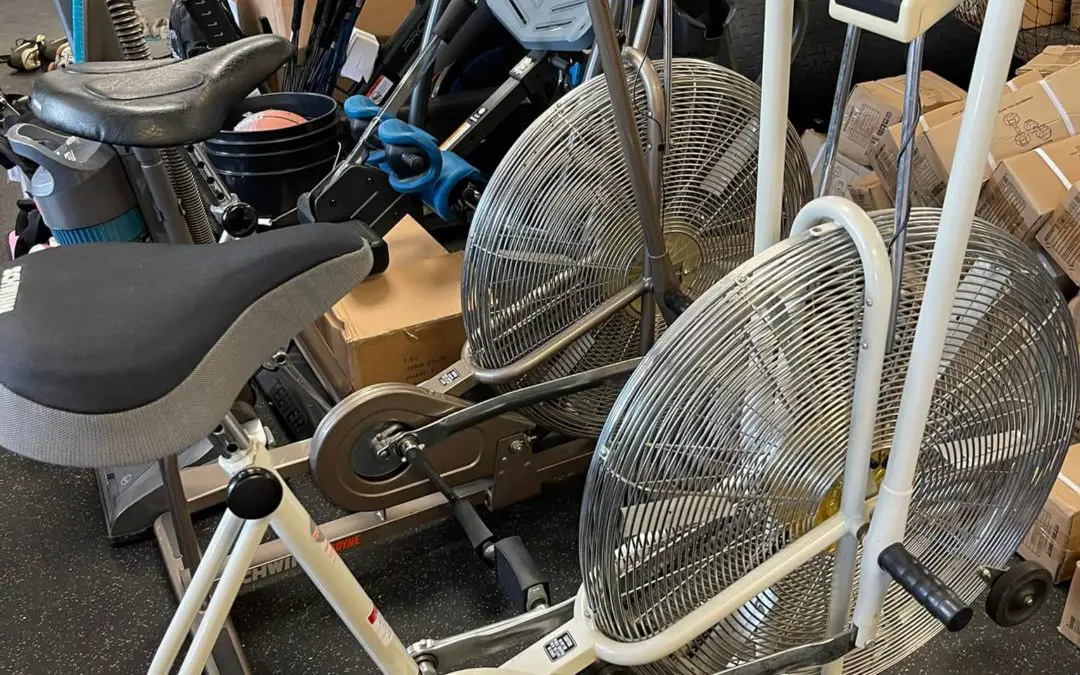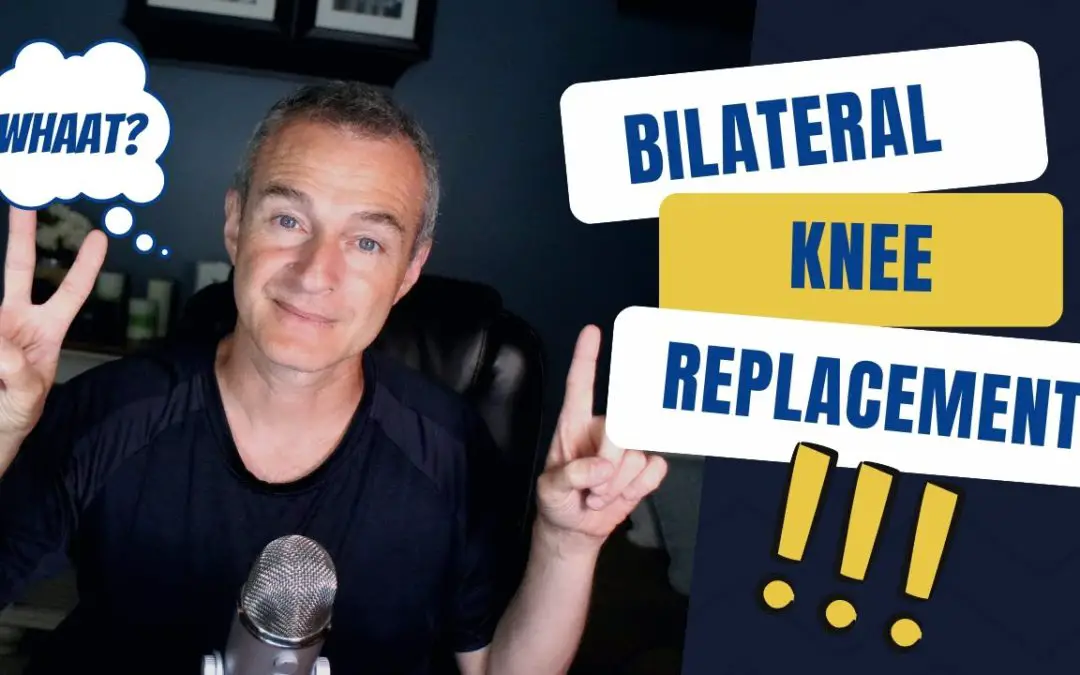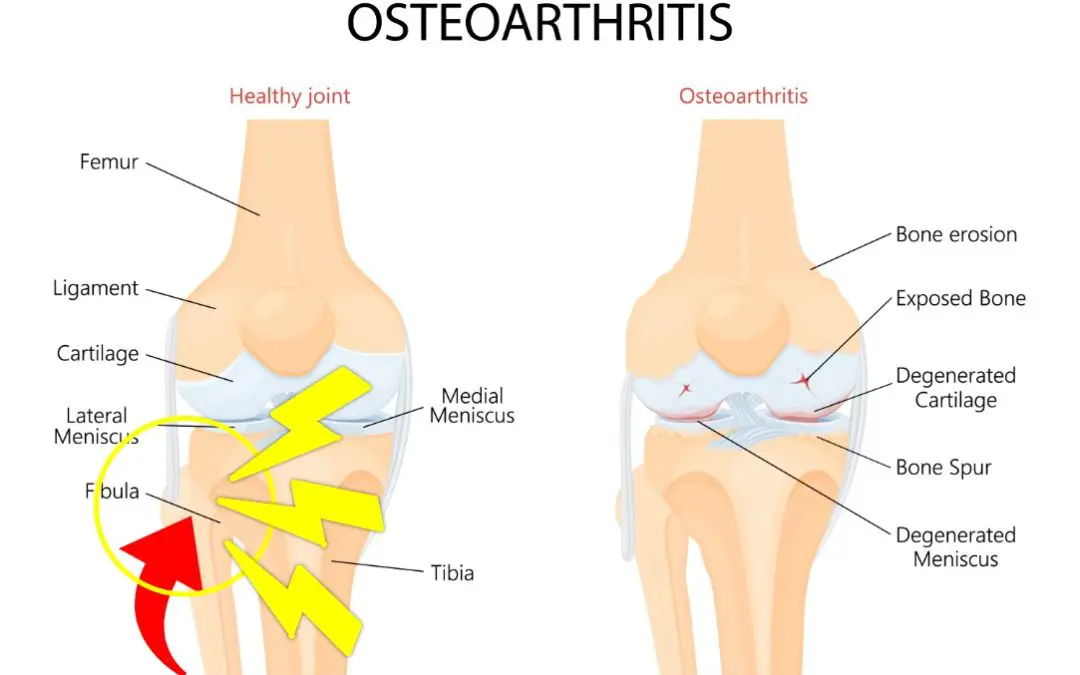Ride a Peloton After Knee Replacement Surgery
Table of Contents
- When can I return to riding my Peloton bike at home after a total knee replacement?
- Is a Peloton bike good physical therapy after a total knee replacement surgery?
- Will riding my Peloton too much wear out my new knee?
- How often should I ride my Peloton bike after knee replacement surgery?
- What else can I do to improve my ability to ride my Peloton bike after knee surgery?

When can I return to riding my Peloton bike at home after a total knee replacement?
As a licensed physical therapist, I often encounter this question from patients who have recently undergone a total knee replacement surgery. The key to a successful return to Peloton riding, or any exercise for that matter, lies in understanding your body’s recovery timeline and taking a phased approach. Here is a general guideline that you can follow:
Day of Surgery to Day 10 after surgery
During this initial phase, it’s important to prioritize safety. You shouldn’t start riding a Peloton until you can safely get on and off the bike without assistance or discomfort. This phase focuses on rest, recovery, and gentle mobilization exercises as advised by your physical therapist.
Day 11 to Day 28
This phase is all about introducing short, gentle sessions on the Peloton. You can start with up to 3 sessions a day, each lasting just a few minutes. Many patients begin with 3 minutes of pedal rocks per session. Once a full pedal revolution is comfortable, you may increase this to 5-minute episodes three times a day. Remember, the aim is not to exhaust the muscles but to gradually increase their workload. Keep the intensity at 50% of maximum effort during these first 4 weeks.
Day 29 to Day 42
If you can perform a full revolution without fatigue after multiple 5-minute sessions, it’s time to increase the speed and duration of each cycling session. This helps build your endurance and further strengthens the muscles around your new knee joint.
Week 7 – 10
At this stage, you can start to increase the resistance and intensity of each cycling session. With the fantastic range of classes offered by Peloton, you can start participating in the ones that suit your pace and comfort level. These classes are designed to cater to different stages of your recovery and help enhance your overall cycling experience.
Week 11-12
Now is a great time to test your abilities. Push your limits by increasing the duration and intensity of your workouts, but be sure to reduce the frequency to give your body ample rest and recovery time. Listening to your body and respecting its signals is vital at this stage to avoid overdoing it and risking injury.
Remember, this is a general timeline and individual recovery rates may vary. Always consult your physical therapist or healthcare provider before starting or modifying any exercise regimen after surgery.
Will riding my Peloton too much wear out my new knee?
It’s natural to be concerned about the longevity of your new knee joint after a total knee replacement surgery. One of the questions that might be on your mind is whether riding your Peloton bike excessively can wear out your new knee. Here’s what you need to know.
Low-impact activities like cycling are generally good for your new knee. They help improve mobility, strengthen the muscles around the joint, and contribute to your overall health. Riding a Peloton, an exercise bike, or an e-bike is a great way to exercise without putting undue stress on your new knee joint. However, like all good things, moderation is key.
Overuse or too much of high-intensity cycling could potentially lead to strain and discomfort. It’s essential to follow a balanced and controlled exercise regimen that is advised by your physical therapist or healthcare provider. To learn how to properly use a stationary bike after a total knee replacement, you can refer to our detailed guide here.
Now, when it comes to wearing out your knee replacement, high-impact activities are more likely culprits. Examples include running, jumping, or any activity that involves sudden or forceful movements. While these activities can be beneficial for fitness in certain contexts, they may put a lot of stress on your new knee joint and potentially hasten its wear and tear. Overcoming challenges after a total knee replacement often involves understanding what activities to avoid and finding lower impact alternatives, like cycling or using an elliptical trainer.
So, while riding your Peloton is a fantastic way to stay fit and strengthen your knee after surgery, it’s important to listen to your body. Incorporate variety in your routine with different forms of low-impact exercises, such as flexion exercises, and give your body ample rest. If you have any doubts or concerns, always consult with your healthcare provider or physical therapist.
How often should I ride my Peloton bike after knee replacement surgery?
As your recovery progresses, it’s important to establish a routine that gradually increases your exercise load to help build strength, flexibility, and endurance. The frequency, intensity, and duration of your Peloton rides should be carefully calibrated to match your healing progress. The following table provides basic exercise prescription guidelines after knee replacement surgery:
| Weeks Post-Surgery | Frequency | Duration | Intensity | Resistance |
|---|---|---|---|---|
| 2-4 Weeks | 2-3 times a day | 5-10 minutes per session | 50% of maximum effort | Low |
| 5-6 Weeks | 1-2 times a day | 10-20 minutes per session | 50-60% of maximum effort | Low to Moderate |
| 7-10 Weeks | Once a day | 20-30 minutes per session | 60-70% of maximum effort | Moderate |
| 11-12 Weeks | Every other day | 30-45 minutes per session | 70-80% of maximum effort | Moderate to High |
Please remember, these guidelines are general in nature and individual progression may vary based on your surgical outcome, age, physical fitness, and overall health. Always listen to your body and consult with your physical therapist or healthcare provider before making any significant changes to your exercise regimen.

What else can I do to improve my ability to ride my Peloton bike after knee surgery?
Rehabilitating your knee and getting back to your Peloton routine involves more than just exercise. Implementing a comprehensive recovery strategy that includes optimal nutrition, adequate rest, appropriate medication use, and various recovery strategies is key. Below are some suggestions:
Nutrition
Eating a balanced diet is crucial to fuel your body for recovery. Consuming sufficient protein is particularly important for muscle repair and growth. Foods rich in omega-3 fatty acids, such as fatty fish and flaxseeds, can help reduce inflammation. Drinking plenty of water also helps keep your joints lubricated and facilitates the healing process.
Rest
Your body heals and recovers during rest. Make sure you’re getting enough sleep each night and taking rest days between workouts. Your muscles grow and repair themselves during these periods. Resting is just as important as exercising in your recovery journey.
Medication
If you’re experiencing pain, over-the-counter pain relievers can be used. However, it’s important to consult your healthcare provider before starting any new medication. For more on this topic, check out this article on overcoming challenges after total knee replacement.
Recovery Strategies
Applying ice to your knee after exercising can help reduce inflammation and alleviate pain. Additionally, incorporating flexibility and stretching exercises into your routine can enhance joint mobility. You might also consider massage or physiotherapy for pain relief and to improve joint function.
Using a pedal exerciser in conjunction with your Peloton bike could be a beneficial strategy, allowing for lower intensity exercise and increased mobility. Moreover, exploring other low-impact exercise options such as using an elliptical trainer can help diversify your exercise regimen and work different muscle groups for a balanced recovery.
Remember, your journey to recovery is unique. It’s crucial to listen to your body and consult with your healthcare provider to develop a plan that’s best for you.
Article Roundup
| Key Takeaways |
|---|
| 1. You can gradually return to riding your Peloton bike after a total knee replacement, starting with small episodes and gradually increasing duration, speed, and intensity over time. |
| 2. Despite concerns, riding your Peloton will not wear out your new knee if you adhere to your recommended recovery plan. Avoid high-impact activities to ensure your knee replacement lasts. |
| 3. To recover optimally and return to Peloton riding, adhere to a balanced exercise routine that gradually increases in frequency, intensity, and resistance. |
| 4. Support your exercise routine with a balanced diet, adequate rest, appropriate medication use, and various recovery strategies such as icing and massage. |
| 5. Every recovery journey is unique. Listen to your body, consult your healthcare provider, and adapt your plan as needed. |

Anthony Maritato, PT
Physical Therapist
Anthony Maritato, PT has been a licensed physical therapist and private practice owner since 2006. Ohio license #PT011602.
Anthony has been passionate about helping patients recover from total knee replacement surgery as well as rotator cuff repair surgery.

Best Used Exercise Equipment After Total Knee Replacement Surgery
Buying used exercise equipment after a total knee replacement can be a great way to save money while rehabilitating your new knee. In this article, I will share my 5 favorite places to find used exercise equipment. Facebook Marketplace eBay Craigslist Play It Again...

Tips For Traveling By Car After Knee Replacement Surgery
When is it safe to traveling by car after knee replacement surgery as a passenger? Most patients return to driving after total knee replacement surgery in 6 weeks. Here in the United States some patients will return to driving sooner if the replacement was on the left...

Pickleball Weight Loss Strategies
How Many Calories Are Burned Playing Pickleball for 60-minutes? Pickleball is a great cardiovascular workout if the intensity is kept high. A play may burn 8-11 calories per minute on the low end going up as high as 15-calories per minute on the higher end. Pickleball...

8 Pickleball Mistakes to Avoid for Beginners
Updated June 03, 2022 One of the main factors that cause beginners to experience setbacks when learning pickleball is doing too much too fast. Throught his article I will discuss the most common 8 pickleball mistakes along with some exercises you can try to prevent...

How much does physical therapy cost after a total knee replacement?
Phyiscal therapy cost varies greatly across locations and service providers. In this article we will examine the cost of physical therapy services for three different patients. One patient has traditional Medicare part B insurance. The second patient has no health...

3 Pros & Cons of Bilateral Knee Replacement
Having a bilateral knee replacement on the same day vs different days depends largely on your surgeon's assessment of your condition and current clinical research. A 2020 study suggested that patients receiving a same day bilateral knee replacement were not more...

Best shoes to wear after knee replacement
Best shoes to wear after knee replacement surgery:This article is specifically written to help you choose the best shoes to wear after knee replacement surgery when you return home. This information is focused on house-shoes and day 1 to week 6 post op.Click here to...

NEW Orthotics After Knee Replacement
Do You Need New Orthotics After Knee Replacement Surgery? Often, patients who receive a total knee replacement will have previously been prescribed custom orthotics. Custom orthotics may help reduce stress at the knee joint in the months or years before knee surgery...

Pain on the Outside of Knee After Total Knee Replacement
Experiencing pain on the outside of knee is common among individuals who have had a total knee replacement. 1. Fibular Head (Outside of Knee) The long skinny bone that runs along the outside of your lower leg is called the Fibula. This bone is not directly involved...
